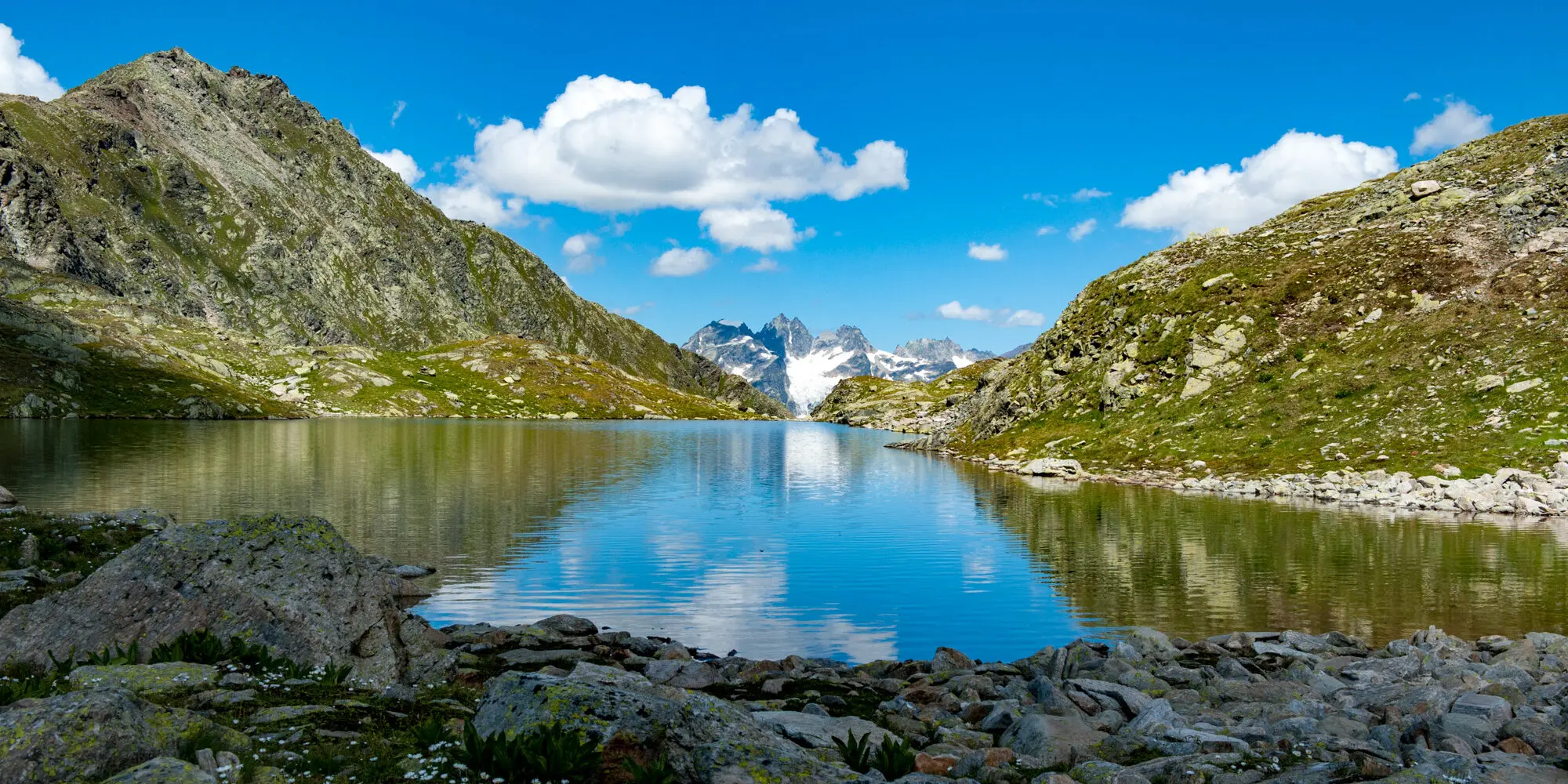Macun – thriving high mountain lakes
Since 1 August 2000 the Macun lake plateau, situated at over 2500 m altitude, is part of the National Park. Building on earlier scientific investigations, the Macun lakes are regularly inspected.
In the course of these investigations, the development of the water quality in the lakes is studied. The waters of mountain lakes in areas of crystalline rock generally tend to become more acid. In the Macun lakes this has, so far, not been the case. An additional point of interest is whether the brown trout and Canadian lake trout introduced by fishermen in former years are able to survive in the lakes.
Spöl – fed by residual water, but dynamic nevertheless
Is the Spöl stream habitat closer to being a natural watercourse as a result of periodical flooding triggered by human intervention?
As a result of the construction of the Engadine hydroelectric installations in 1970, the Spöl stream only carries residual water; it therefore lacks many of the typical characteristics of a mountain stream. Since the year 2000 a redistribution of the available residual water has allowed the triggering of small artificial floods. This has led to an improvement in ecological conditions in the Spöl. The floods rinse away fine sediments and favour living organisms that have adapted to higher water speed. Just as it should be the case in a natural mountain river.
The waters of the Spöl stream are regularly inspected before and after the floods; this includes gathering data relative to the fish population.


